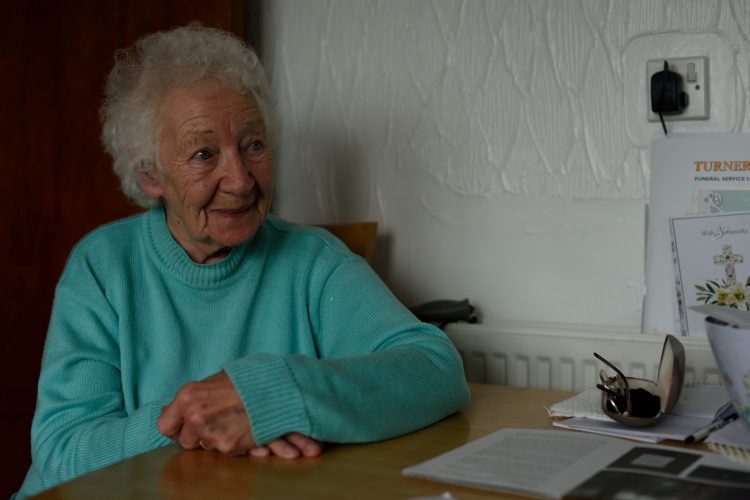Accepting people as they are (for a change) - the beginnings of Who is Your Neighbour?
“People are so complex”
reflected Mariam, WiYN? trustee, as she talked about the complexity and depth of the conversations the charity holds.
She was thinking of the very first group conversation WiYN? held, near Doncaster, about 15 years ago.
Always a complicated story
Mike - WiYN? vice-chair and one of two people facilitating that first conversation - described the two, 90 minute sessions with this particular group:
“We really didn’t know what to expect and decided to go slowly, build a relationship, find out about people.
"We asked how things were changing in the neighbourhood.”
Often, WiYN? gets invited to a group because somebody has noticed potential for divisions in that place. But there is always something ‘more’ - more nuanced, more complicated, happening. Regardless of what they have been told, facilitators approach the work with no expectations or agenda. They take their time. They don’t know what will happen and focus on opening up whatever is in the room.
Mariam thinks this is rare:
“We live in a world where people change themselves to get acceptance -
‘what you need, I’m providing.’ But Who is Your Neighbour? goes in with no expectations of them. We’re just being.”
This can include doing what appears, from the outside, to be very little - accepting statements that are hard to hear and conversations where nothing seems to shift.
How change happens
Sometimes, WiYN? doesn't see change take place in the room. As Mariam says:
“We can’t always measure it. A person will go away and reflect after a conversation - because that’s what people do!
We think, ‘did I do the right thing?’ later.”
In this particular group, something did shift during the conversation itself.
Mike was one of the facilitators at the time. He said:
“We learned there was concern about the recent increase in new people who were different, in particular people described as ‘Muslims’.”
He and his co-facilitator intentionally made space for this. Then, one person shared a story of having a panic attack in an NHS waiting room:
“There were two women wearing full face masks (niqabs).
"The first thing she noticed was one woman’s beautiful eyes. But she had recently read in one of the national daily papers that Muslim terrorists were dressing up as women to disguise themselves.”
It was the consequent fear that one of the people in niqabs might, in fact, be a man that caused anxiety, and distress, and the person had to leave the room.
What followed, after she shared this experience in the conversation, was surprise, and some silence, which was allowed to settle. There followed a gentle, curious group exploration of what had happened and of how media can influence responses to those who are different.
Reflectiveness
After this conversation, as Mike and others considered what had taken place, they realised that noticing beautiful eyes came first in the person's story; an experience of shared humanity. But what happened second, almost immediately, was that being overlaid by a divisive message - ‘Muslims are around and potentially dangerous’. And this provoked fear.
The conversation held with this group allowed exploration of, and some release from, an entrancing terror.
Reflecting afterwards, Mike said:
“This is why WiYN? was established: to enable people to share experiences, become curious and lessen the grip of the divisive story.”
Common ground
Mariam recognises herself in the participant’s story:
“We are all humans. I’ve had to look beyond myself to stop being judgemental.
And difficult things might be said to me and that takes its toll. But, underneath, is a person who is trying.”
In space and silence, in an attitude of reverence for what people share, something is happening. Often, this involves facilitators doing less rather than more. It is sufficient to create a group space in which participants know nobody is trying to do anything to them or get anything from them.
People are complex. Lightbulb moments occur in our conversations - sometimes. There is a paradox at the heart of Who is Your Neighbour?’s approach - committed to challenging division and discrimination, while choosing to let go of any attempt to change people.
In our conversations, we often notice how much we have in common.
As Mariam said:
“You can get lost in the conversation. There’s so much. And we accept what is going on.”

